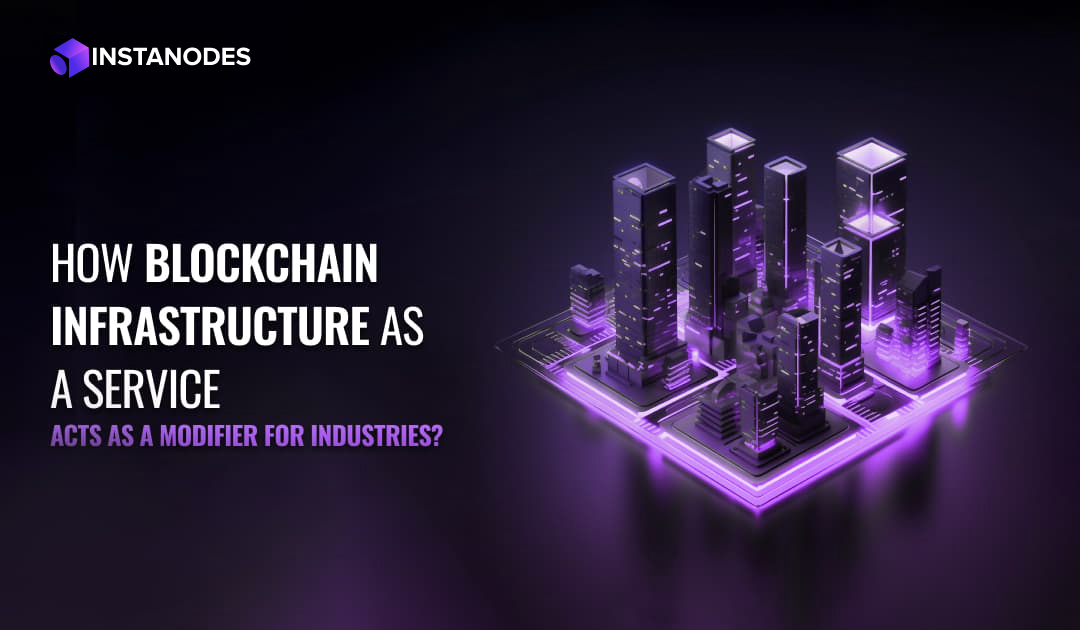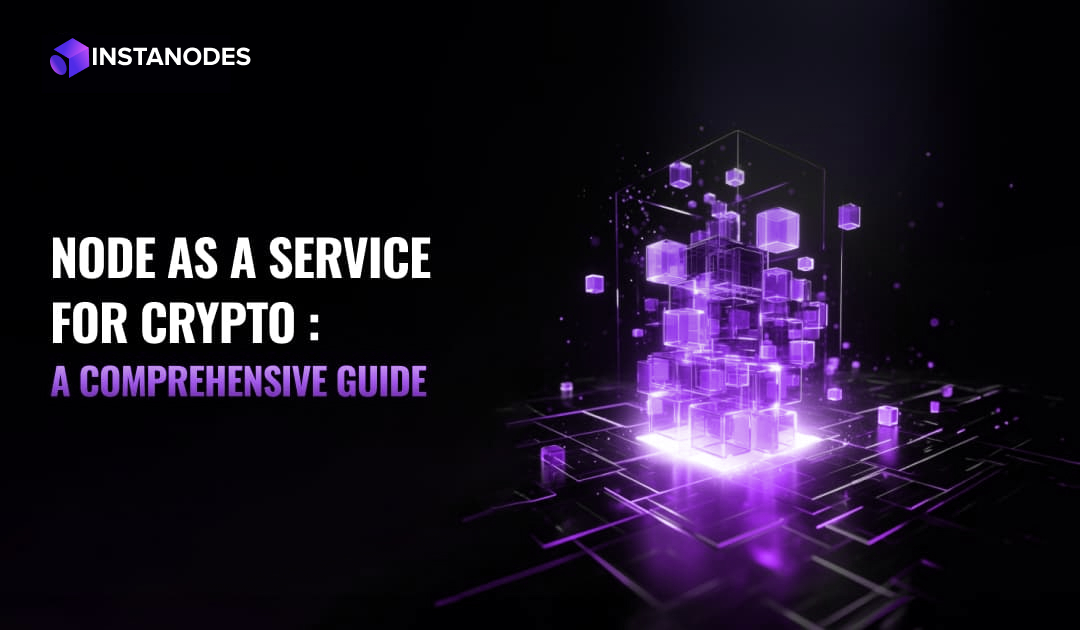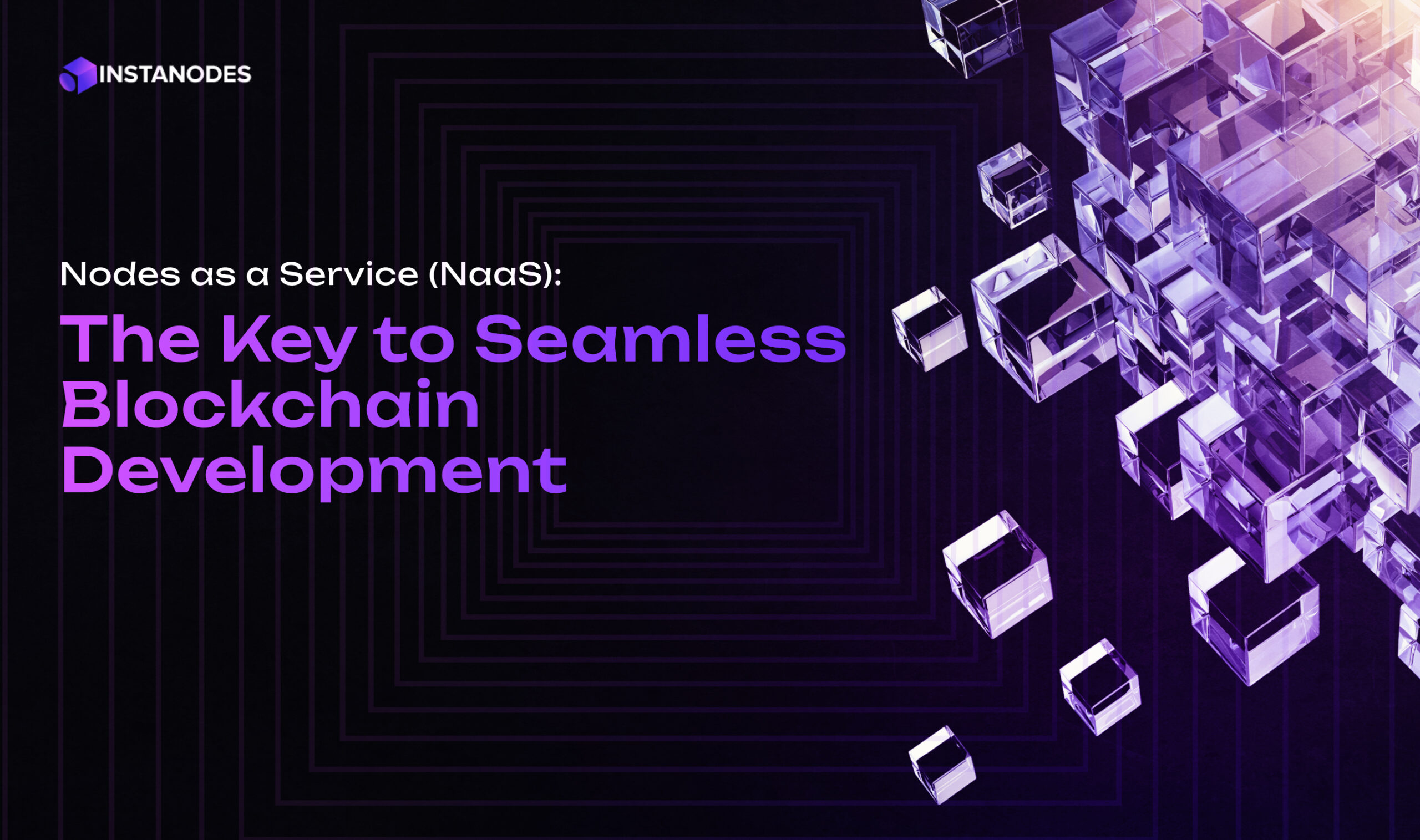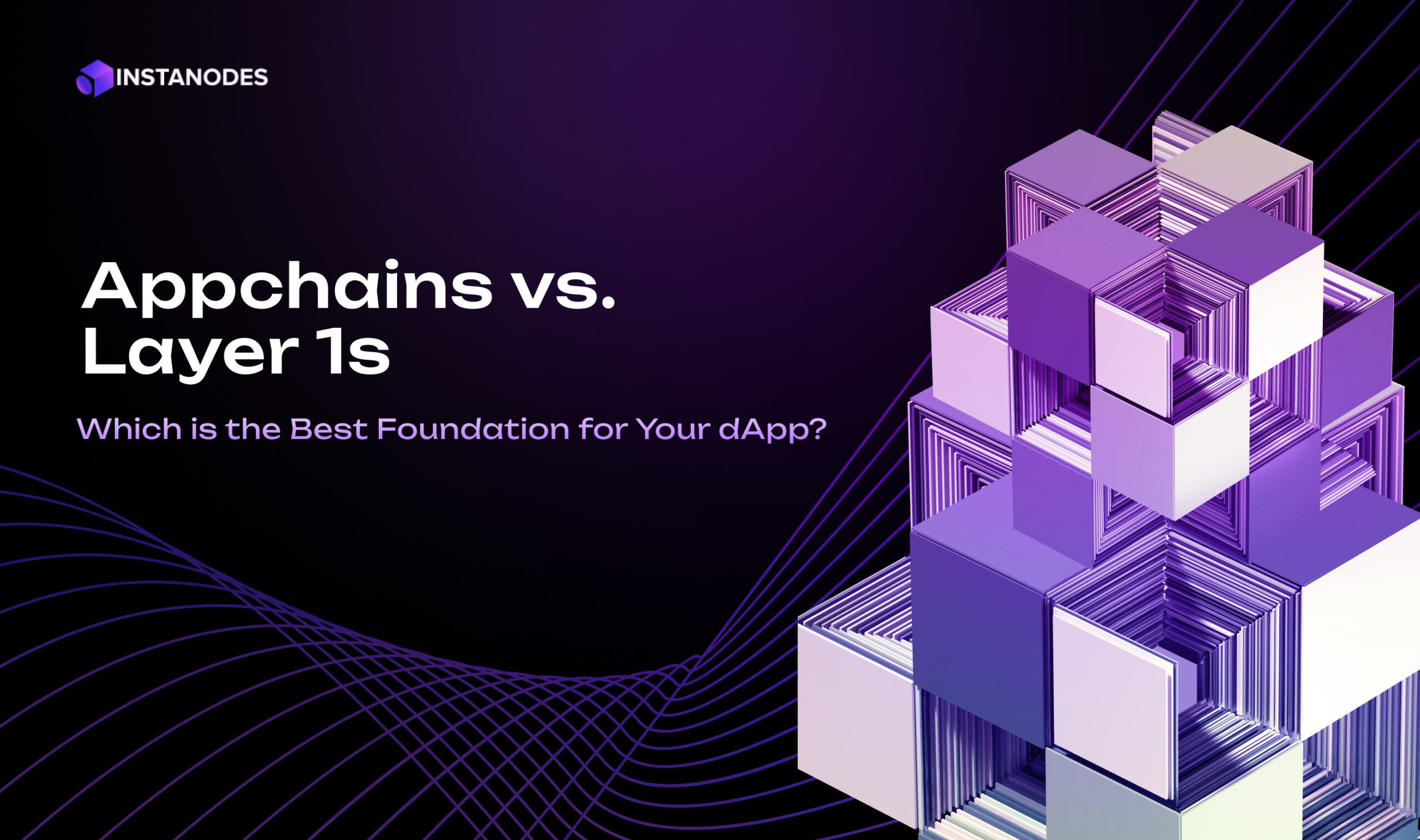Web3 is promising an internet in the hands of its users, a vision of digital self-sovereignty, a borderless economy, and permissionless innovation. That promise is not yet fulfilled for billions of prospective users, not for lack of interest, but because of inherent infrastructure constraints. That is where blockchain rollups come in: the technological leap that will power Web3 from a niche economy into the building blocks of our digital future.
There are two primary categories of rollups: Optimistic Rollups and ZK Rollups. Optimistic rollups presume transactions to be legitimate by default and resist only when there’s suspicion of fraud. Conversely, crypto ZK rollups employ zero-knowledge proofs to verify transactions efficiently, promoting scalability and anonymity. Both approaches improve blockchain throughput without compromising security, which is imperative for Web3 scalability.
Beyond Throughput: How Rollups Solve the Blockchain Trilemma at Scale
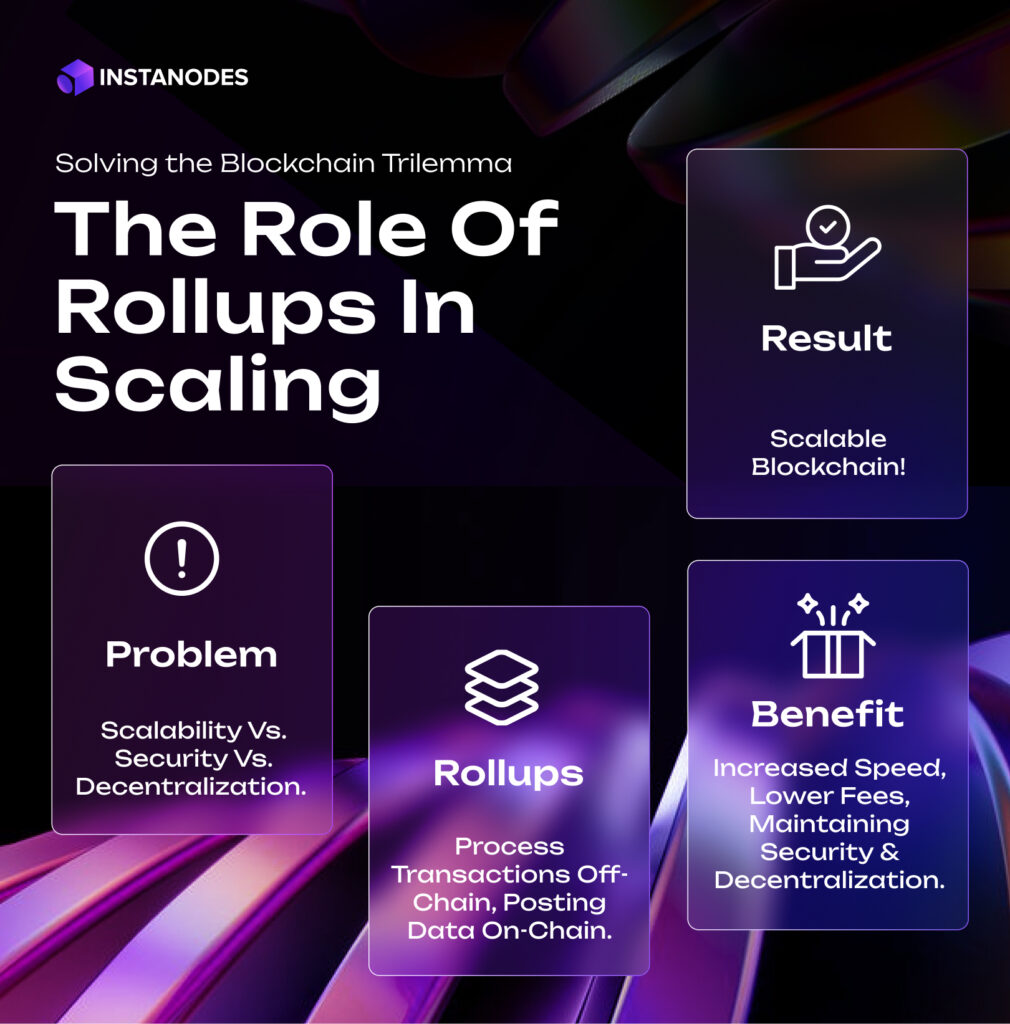
Heard about the blockchain trilemma? It’s the technical problem of balancing security, decentralization, and scalability that has capped Web3 adoption from its very beginning. Base-layer blockchains such as Ethereum promise security and decentralization but lack scalability. Therefore, such networks can process merely 10-14 transactions per second and also command exorbitant fees during times of high demand.
Blockchain rollups mark a paradigm shift in solving this trilemma. Instead of imposing trade-offs among these competing interests, rollups take advantage of a layering architecture that maintains the security guarantees of the underlying layer while increasing throughput capacity significantly.
By executing transactions off-chain and sending compressed batches of transaction data to the base layer at intervals, rollups can provide an enormous number of transactions per second. This increases base-layer capacity manifold times and brings Web3 infrastructure into the same class as traditional payment systems like Visa.
Crucially, rollups achieve this without compromising on security. Unlike sidechains or alternative L1s that may use smaller validator sets, rollups inherit security directly from the main blockchain. This means even as capacity scales to accommodate billions of users, the fundamental security guarantees remain intact. By solving the throughput challenge while maintaining security and decentralization, rollups break through the trilemma that has constrained blockchain adoption.
The Hidden Economics: Why Rollup Fee Structures Unlock Mass Market Applications
While technical scalability is necessary for onboarding billions of users, it’s not sufficient. Economic scalability, the ability to process transactions at costs accessible to global populations, is equally critical.
The fee economics of rollups create a multiplicative effect on cost reduction. When a rollup processes approximately 1,000 transactions in a single batch, the base layer fee is amortized across all transactions in that batch. This means each user pays only a fraction of what they would have paid for direct base-layer execution.
This economic restructuring enables entirely new categories of applications that were previously unfeasible:
- Micropayments become practical when transaction fees are reduced to fractions of a cent.
- Play-to-earn gaming economies can function smoothly with frequent, low-value transactions.
- Social applications can record on-chain activity without punishing users with unsustainable costs.
- Developing markets can participate in decentralized finance with transaction costs proportional to local purchasing power.
Beyond simple fee reduction, rollups also introduce greater fee predictability. Base layer fee volatility—where costs can increase by 10-100x during demand spikes—makes building reliable user experiences nearly impossible. The batching mechanism inherent to rollups smooths these spikes, creating more consistent fee structures that developers and users can rely on.
As rollup technology matures, we’re witnessing the emergence of application-specific fee models tailored to use cases rather than raw computational costs. Some rollups subsidize specific transaction types, implement subscription models, or allow application developers to cover fees on behalf of users. These economic innovations make Web3 accessible to mainstream users who may never have interacted with cryptocurrencies before.
Seamless User Experiences: Abstracting Complexity Through Rollup Infrastructure
What makes it complex to use blockchain? In general, managing private keys, bridging assets between chains, and navigating gas fees create insurmountable friction for mainstream adoption.
Blockchain rollups enable a new paradigm of user experience by creating space for abstraction layers that shield users from blockchain complexity. Several key innovations demonstrate this potential:
Account abstraction implemented at the rollup layer allows for smart contract wallets with features impossible on base layers: social recovery for lost keys, transaction batching, session keys for applications, and gas-free transactions where apps can sponsor user activity.
The higher throughput of rollups enables richer on-chain state, supporting more complex applications without forcing developers to make painful compromises in functionality or decentralization. User interfaces can evolve beyond the primitive experiences of early Web3 applications to match the polish and responsiveness of Web2.
Optimistic rollups with EVM equivalence allow developers to migrate existing applications without rewriting their code, accelerating the transition to a scaled ecosystem. Meanwhile, purpose-built rollups can optimize for specific application requirements, creating specialized environments for gaming, social platforms, or financial applications.
By abstracting complex blockchain operations behind intuitive interfaces, rollups pave the way for non-technical users to benefit from Web3 without needing to understand the underlying technology, just as billions use the internet today without understanding TCP/IP protocols.
Cross-Chain Composability: How Rollups Enable a Unified Web3 Ecosystem
Today’s fragmented blockchain landscape creates islands of liquidity, users, and functionality. This fragmentation actively works against network effects and creates a bewildering user experience as people navigate multiple chains, bridges, and wallet configurations.
Blockchain rollups are evolving toward a more unified vision through several key developments:
Interoperability protocols designed specifically for rollup ecosystems are creating standardized methods for cross-rollup communication and asset transfers. Unlike bridging between entirely different blockchain systems, rollups that share a settlement layer can achieve more efficient and secure interoperability.
The modular architecture of rollups allows for specialized execution environments that can still interoperate. A gaming-focused rollup with custom virtual machine optimizations can seamlessly interact with a DeFi-focused rollup optimized for financial transactions, allowing assets and state to flow between them.
Shared liquidity pools across rollups enable more capital-efficient markets without requiring users to actively bridge assets. Through techniques like atomic transactions across rollup boundaries, complex multi-step operations can execute without users managing the underlying complexity.
As rollup technology matures, the user experience will evolve from explicitly navigating between different chains to interacting with a unified Web3 ecosystem where the underlying infrastructure is invisible, similar to how users today don’t think about which cloud provider hosts the websites they visit.
Privacy Through Proof: How Crypto ZK Rollups Enable Confidential Enterprise Solutions
While scalability and usability are essential for consumer adoption, enterprise and institutional participation require another crucial element: privacy. This is where crypto ZK rollups deliver unique advantages over alternative scaling solutions.
Zero-knowledge proofs—the cryptographic innovation behind ZK rollups—enable a previously impossible combination of verifiability and privacy. Transactions can be validated without revealing their underlying data, opening the door to confidential but provably correct computation.
For enterprises looking to leverage blockchain benefits while protecting sensitive information, crypto ZK rollups offer compelling solutions:
- Supply chain applications can verify authenticity and compliance without exposing competitive intelligence about volumes, partners, or pricing.
- Financial institutions can participate in decentralized markets while maintaining client confidentiality and regulatory compliance.
- Healthcare organizations can verify insurance claims and coordinate care while protecting patient data.
- Governments can implement transparent public services while safeguarding citizen privacy.
The technical architecture of ZK rollups creates a natural separation between different privacy domains. The rollup itself can implement sophisticated access controls and encryption while still providing cryptographic proofs to the base layer to guarantee security.
Crypto ZK rollups preserve privacy and bridge the gap between the transparency ethos of public blockchains and the confidentiality requirements of enterprise systems. This convergence is the key to institutional adoption and brings traditional business processes and assets into the Web3 ecosystem.
Wrap Up
Rollup technology can be considered a pathway to welcome individuals and businesses into Web3. By resolving the fundamental scaling challenges concerning throughput, economics, user experience, ecosystem fragmentation, and privacy, blockchain rollups are systematically eliminating the barriers to broader adoption.
We stand at an inflection point similar to the early days of the internet, when core infrastructure improvements suddenly made previously impossible applications viable. Just as broadband internet enabled streaming video, rollups will enable Web3 applications we have yet to imagine.
Now, let’s talk about privacy. This is where crypto ZK rollups become essential, especially for business applications. Who wouldn’t want to boost speed and reduce transaction costs while maintaining confidentiality?
Ready for a change?
Instanodes offers enterprise-grade rollup infrastructure to help businesses seamlessly integrate these scaling solutions without the technical overhead of building from scratch. Let’s scale your blockchain applications for the next wave of global Web3 adoption.

